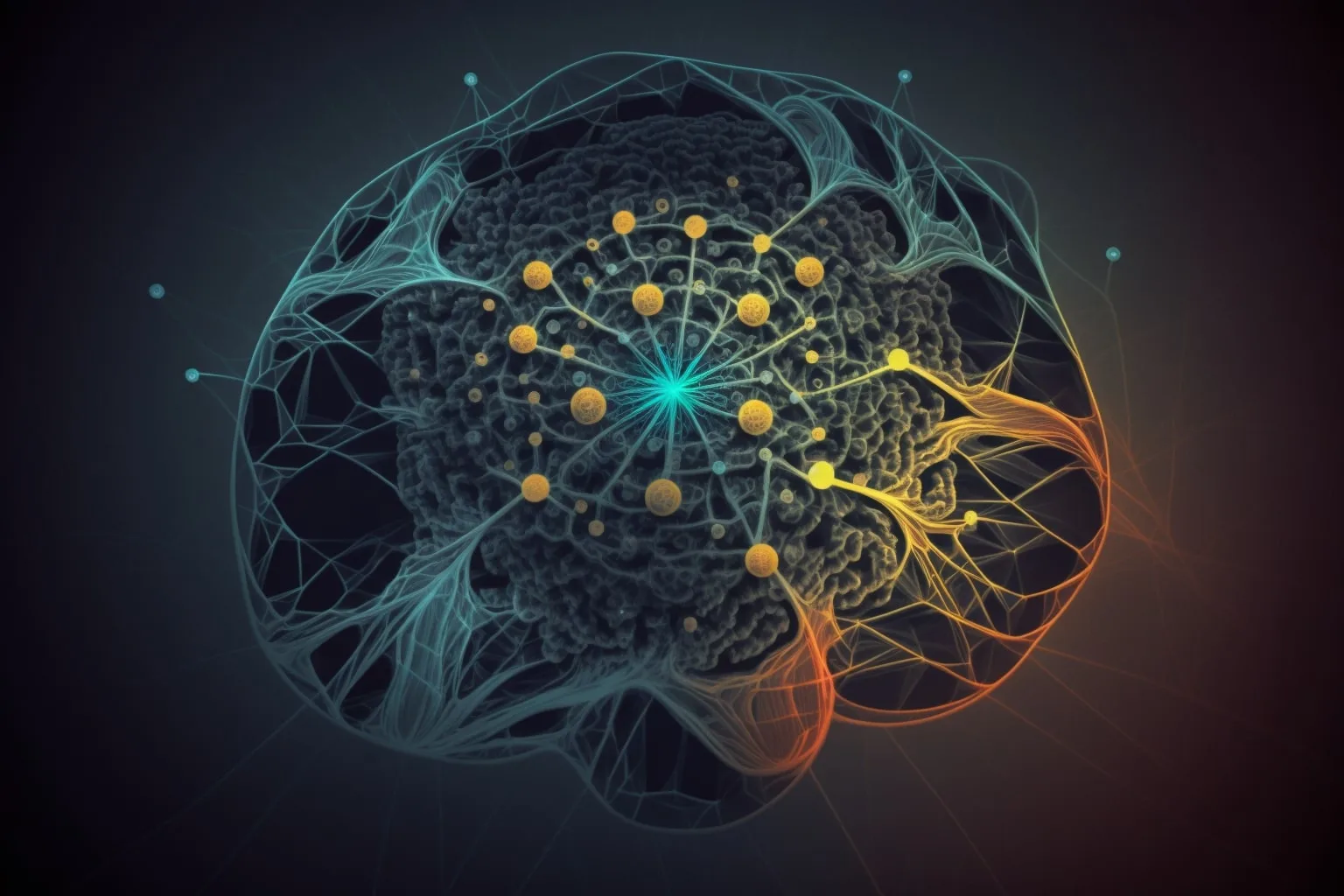
Mastering the Training Process in Neural Networks
Training neural networks is a process, which involves feeding a dataset of decent size to a neural network model. Furthermore, the purpose of training is so we tune the model’s parameters in order for it to make accurate predictions.
Basically what the model does while training is learn patterns in the dataset it’s training from. Furthermore, it can find hidden patterns and connections within the data to solve a predefined task like classification.
Training process of neural networks
Data preparation
The training process requires us to take certain steps to even begin. First of all, we need to prepare the data for our model to accept it. Moreover, the entire data preparation process involves collecting, cleaning and organizing data into training, validation and test sets.
In essence, models are nothing more than a complicated formula. Therefore, when we’re preparing our data, we ultimately need to convert it into numbers in order for our model to understand it.
Initialization and backpropagation
Next step in the training process is to initialize neural networks weights and biases. These are the nobs, which we’ll adjust their values during training.
The point of these is that whenever a model makes a prediction during training it compares it to what the output should be and adjusts it bit by bit to make the difference smaller with every iteration.
This function that calculates the difference between expected and actual output is what we call a loss function. And the process that adjusts the values of weights and biases is what we call backpropagation.
Basically, with each example or batch of examples that we run through our model, we get a certain output. After that we compare it to what we want the value to be, a go through the entire model in backwards direction, adjusting each weight and bias in order to approach our desired output.
Training neural networks
If we go through enough iterations and examples, we’ll train our neural network to output accurate predictions. How well can a model capture the patterns inside the dataset also depends on its size.
However, we usually need it to go through all the examples at least a couple of times. Additionally, for each cycle a model makes through the dataset, we call it an epoch.
Therefore, if I express myself again in machine learning lingo, model needs to do a couple of epochs in order to be effective.
While training, after each epoch, we test out the state of our model on validation set. Reason for that is so we can see if our model starts to overfit, which would show in significantly lower accuracy with validation set compared to with training set.
Once the training is done, we evaluate our model on the test set and assess its performance on new unseen data.
Conclusion
In conclusion, training is the essential step in developing useful neural networks. It involves tuning network’s parameters and monitoring its performance in order to make accurate and reliable models.
I hope this article helped you gain a better understanding about how training in neural networks works and maybe even inspire you to learn more.


